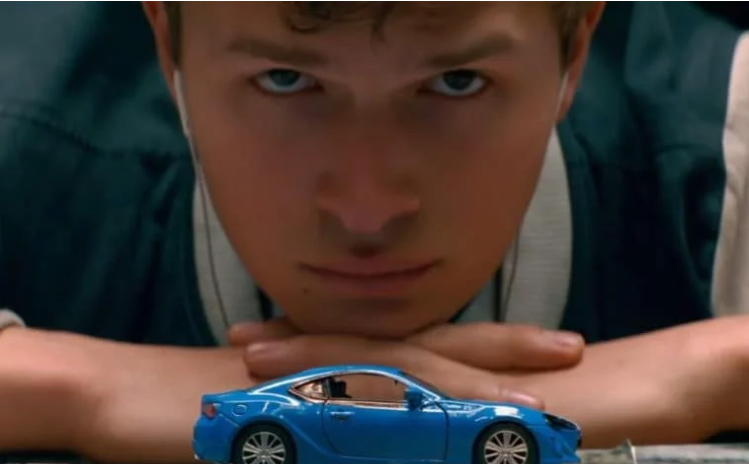
Cars are ubiquitous in film. Find out what makes them such great dramatic vehicles (pun intended).
Think about some of your favorite movies. Now think about how many of them have significant sequences that involve cars. Chances are, a lot will come to mind. Just going through some of my personal favorites, each and every one of them include important scenes with cars. Singin’ in the Rain, check. Little Miss Sunshine, check. Before Sunset, check. Why do three vastly different movies, spanning era and genre, all feature cars in such narratively significant ways?
Well in case you haven’t noticed, cars are pretty ubiquitous in film—and we’re not just talking about the Fast and the Furious franchise. Throughout film history, cars have maintained a narrative prominence unmatched by any other mode of transportation. So, why are filmmakers obsessed with cars? First off, they’re omnipresent, everyday objects that serve as blank canvases onto which filmmakers can impose their own meaning. Plus they’re symbolically versatile; they can stand in for freedom or enclosure, safety or violence, isolation or connection. In the video essay “Never Just A Car,” Thomas Flight studies nearly one hundred films to explore the myriad meanings that cars can take on.